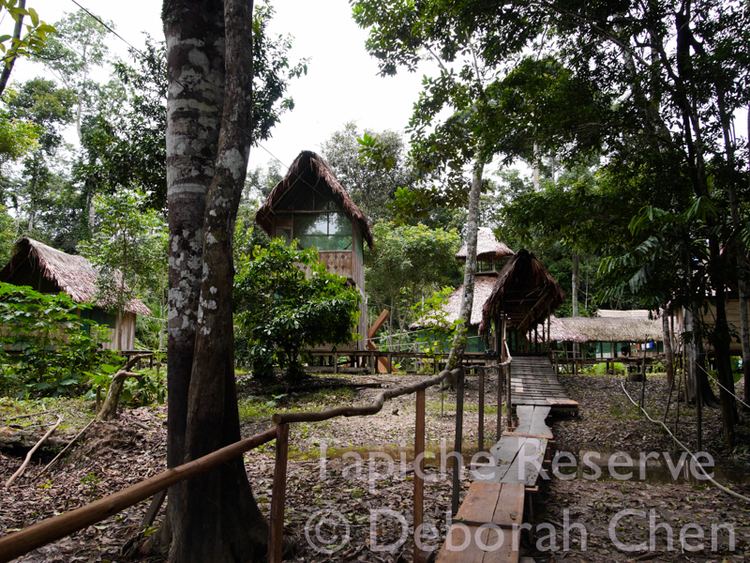 | ||
Weltreise tag 251 dschungel tour im tapiche reserve im amazonas peru vlog 030
The Tapiche Reserve is a private conservation property located in Tapiche District, Requena Province, Loreto Region in Peru. The 1,540 hectare reserve, accessible only by waterway, is located 340 km up river from Iquitos on the Tapiche River. The reserve comprises several types of lowland Amazonian forests, including igapo, varzea, and terra firme. The reserve represents one of the few areas in the Amazon basin where these forest types can be found in close proximity. The reserve spans both sides of the Tapiche River east of the Ucayali River; and is home to endangered species such as jaguar (Panthera onca), bald uakari (Cacajao calvus), giant armadillo (Priodontes maximus), the Brazilian tapir (Tapirus terrestris), the Amazonian manatee (Trichechus inunguis), harpy eagle (Harpia harpyja), cedar (Cedrela odorata), mahogany (Swietenia macrophylla) and others. Inside the reserve, there are bodies of water and swamps including lakes, canals, oxbows, aguajales, and restingas. It has annual temperatures ranging from 25 °C (77 °F) to 33 °C (91 °F) and an annual rain fall of about 3 meters, permitting an immense variety of species to thrive in the area. A land survey and rapid species inventory of Tapiche Ohara’s Reserve was performed in 2011. The species inventory is reproduced below in table format. The reserve is designated by the Peruvian government as a Private Conservation Area (PCA).
Contents
- Weltreise tag 251 dschungel tour im tapiche reserve im amazonas peru vlog 030
- Tapiche reserve amazonas iquitos peru
- Location
- Hydrography
- Weather
- Terrain
- Aquatic ecosystems
- References
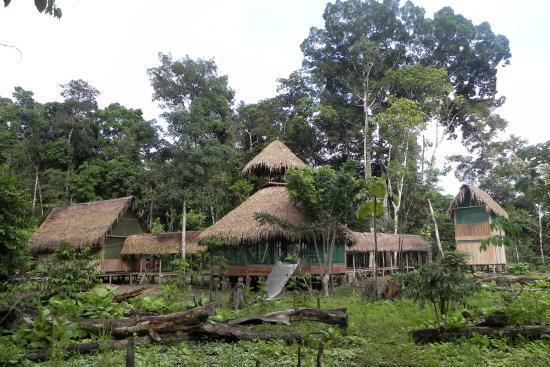
Tapiche reserve amazonas iquitos peru
Location
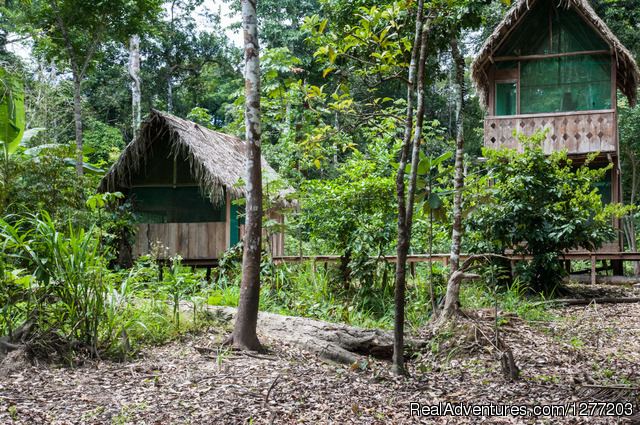
The reserve can be reached from ports in Iquitos or Nauta, via Requena, which is the last public port where gasoline and supplies can be purchased. Travel by water from Iquitos to Requena includes navigating up the Amazon and Ucayali Rivers. With a 25 hp motor boat, the trip takes 6 hours. With a slower, larger vessel (cargo), this trip takes 16 hours. From Nauta to Requena by water, one takes the Marañón River briefly to the Amazon River and then the Ucayali River. This trip takes 4 hours in a 25 hp motor boat. From Requena to Tapiche Ohara’s Reserve, one must travel by private or rental boat up the Tapiche River. In a 25 hp motor boat, the trip takes 5 hours. An alternative to boat travel is to take a flight from Iquitos to the reserve in a seaplane. There is a private plane in Iquitos available for rental.
Hydrography

The reserve is located in the basin of the Tapiche River, the main tributary of the Ucayali River. Coming down from the eastern sub-Andean foothills of Sierra de Moa, the Tapiche River originates near the Peruvian border with Brazil. The Blanco and Umaita Rivers empty into the Tapiche River in the basin area. Other tributaries are the Contea, Capanahua, and Lamayacu Rivers. The Tapiche River is regarded as a "black water" river because of its dark sepia waters. Possessing little material in suspension, its color comes from the decomposition of organic material forming humic and fulvic acids. These waters are acidic, with pH around 4.0 and a temperature from 24 °C (75 °F) to 32.0 °C (90 °F). The Tapiche River has a strictly sub-Andean and origin, which eliminates a direct relationship with rainfall in the mountains. Within the reserve there are small bodies of water (oxbows, channels, meanders, and lakes) that communicate with each other and with the Tapiche River. Channels that connect curved river-bends create navigable shortcuts during flooded season. The largest internal body of water is called Quebrada Chambiria. Quebrada Chambiria has little flow which creates habitat for a host of species.
Weather
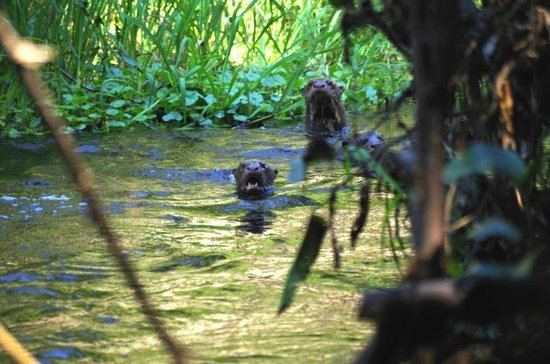
The climate is warm and wet with mean annual temperatures between 25 °C (77 °F) and 33 °C (91 °F) and relative humidity of 78% to 96%. Between October and May (rainy season) there is tropical rainfall. The average annual precipitation is 3 meters. During the months of June or July a particular weather phenomenon called a “cold spell” occurs in the region. The cold spell is related to penetration of air masses coming from the southern polar latitudes and entering the South American tropics shortly after reaching Southeast Brazil. This cold spell lasts about 2–4 days, where temperatures can reach 13 °C (55 °F).
Terrain
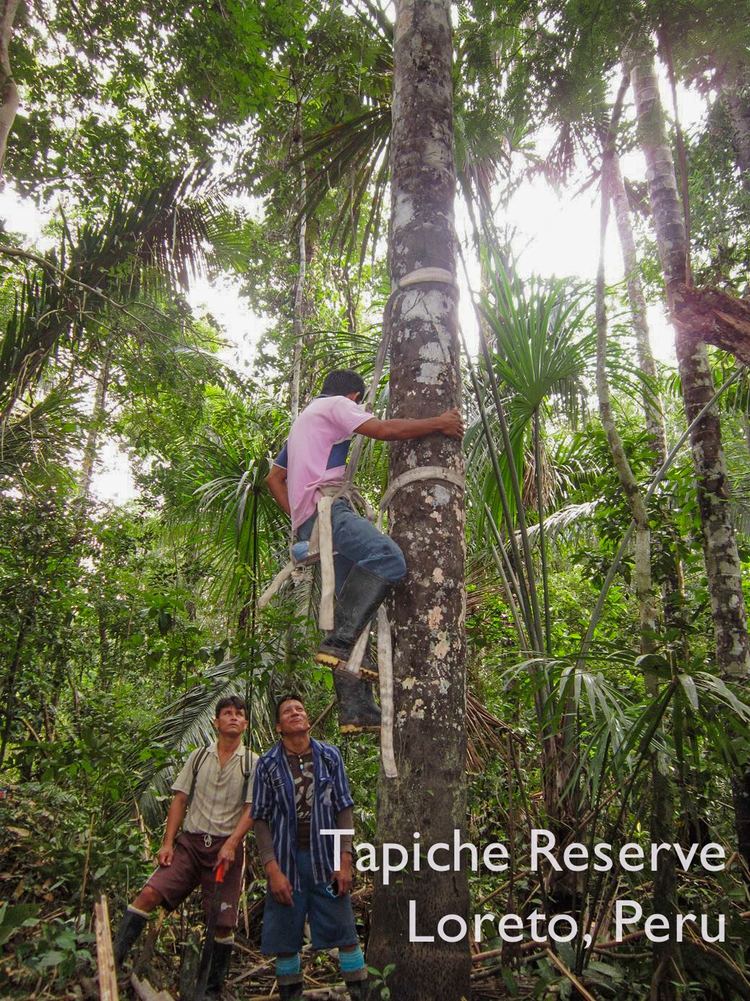
The Tapiche River basin in the area of the reserve exhibits a landscape containing alluvial plains and associated floodplains. The floodplains of the alluvial landscape encompass swamps or aguajales; while the non-flooded plains appear as undulating terraces. There are hilly landscapes within the reserve which appear as gently sloping lowland terrain. Swamps have developed on flat land and in depressions formed by fibric histosol soils with pH values varying between 3.5 and 5. In these swamps, there are four representative botanical families, including: Moraceae, Fabaceae, Annonaceae and Arecaceae. Also found are catahua (Hura crepitans), strangler fig (Ficus sp.), machimango (Eschweilera sp.), and caupuri (Virola pavonis), aguaje (Mauritia flexuosa), shapaja (Attalea phalerata), cashapona (Socratea exorrhiza), renaco (Ficus trigona), espintana (Oxandra espintana) and huimba (Pachira aquatica).
Aquatic ecosystems

The reserve houses ecosystems formed by conditions that create microhabitats. The ecosystems present on the reserve encompass cochas and tahuampas. Primary plant species found in these aquatic ecosystems are species belonging to the family Poaceae; especially the Gramalote blanco (Paspalum fasciculatum) and others of the genera Echinochloa and Paspalum. Also present is caña brava (Gynerium sagittatum), water hyacinth (putu putu, Eichhornia crassipes), and huama (Pistia stratiotes).
